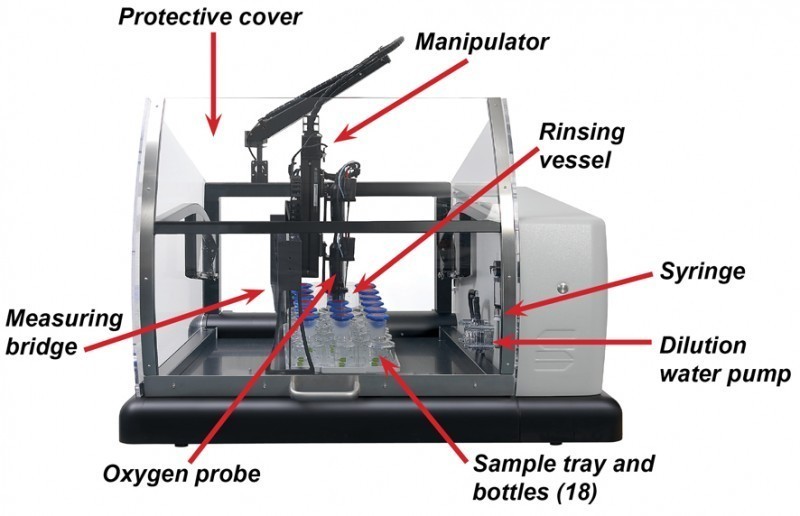Sd gundam g generation seed iso ps2 pal iso. This study examined the determination of BOD in landfill leachates by dilution (D-method) and manometric methods (M-method). The differences in results were discussed based on statistical tests. The effects of sample dilution, seeding, chloride and total Kjeldahl nitrogen (TKN) level were examined. The M-method was found to be more sensitive to increases in chloride and TKN concentrations.
Assay: Accuracy and Precision with Serial Dilution. This mixing method caused no. This has tremendous potential in automating a serial dilution assay. Dilution is a technique used to make solution of known concentration. During the process, the number of moles is kept constant. Understanding dilution and seeding procedures in BOD test New Delhi, May 1999 CSMRS Building, 4th Floor, Olof Palme Marg, Hauz Khas. Required for biochemical oxygen demand measurement. Modules in which prior training is. Measurement by Winkler method 5.
However, in the M-method the positive interference of nitrogenous BOD (NBOD) to carbonaceous BOD (CBOD) was more successfully prevented. The BOD rate constant k and the ultimate BOD (BOD u) were estimated by non-linear regression. With the M-method these parameters could be more reliably estimated than the D-method.
Suggestions were made for BOD analyses in landfill leachates in future studies. • For reproduction of material from NJC: Reproduced from Ref. XX with permission from the Centre National de la Recherche Scientifique (CNRS) and The Royal Society of Chemistry. • For reproduction of material from PCCP: Reproduced from Ref.

XX with permission from the PCCP Owner Societies. • For reproduction of material from PPS: Reproduced from Ref. XX with permission from the European Society for Photobiology, the European Photochemistry Association, and The Royal Society of Chemistry. • For reproduction of material from all other RSC journals and books: Reproduced from Ref.
XX with permission from The Royal Society of Chemistry. If the material has been adapted instead of reproduced from the original RSC publication 'Reproduced from' can be substituted with 'Adapted from'. In all cases the Ref. XX is the XXth reference in the list of references. If you are the author of this article you do not need to formally request permission to reproduce figures, diagrams etc. Contained in this article in third party publications or in a thesis or dissertation provided that the correct acknowledgement is given with the reproduced material.
Reproduced material should be attributed as follows.

In S:T format: dilution factor = T/S Diluting a sample twice This example explains the basic steps to use dilution factors forward and backward. Using them forward means finding the cell density after all the dilutions are performed, starting from the original solution.
Using them backwards means finding out the original cell density, starting from the most diluted one. Remember this is only an illustration example (it’s impossible you’ll have exactly 11 cells in a beaker and they will definitely not be this big). • We have 11 cells in a beaker suspended into 15mL of water. • We add 10mL of water to the beaker • We now have 11 cells in the beaker into 25mL of water. • We add an extra 15mL of water to the beaker. • We end up with still 11 cells in the beaker but they’re suspended into 40mL of water. Let’s do the calculations forward: The cell density of 1 is 11 cells / 15mL water = 0.7333 cells/mL.
We want to find the cell density of 3 without redoing the calculations with cells, and using the previously calculated cell density. The final volume is 25mL and the initial volume is 15mL, so the dilution factor is 25/15 = 1.6667 (keep all your trailing sixes for accuracy). We can now apply it to the original cell density: 0.73 / 1.6667 = 0.44 cells/mL; and we can check it using the original method: 11 cells / 25mL = 0.44 cells/mL.
Same thing for the dilution from 3 to 5: the cell density of 3 is 0.44 cells /mL. The dilution factor in this step is 40mL / 25mL = 1.6.